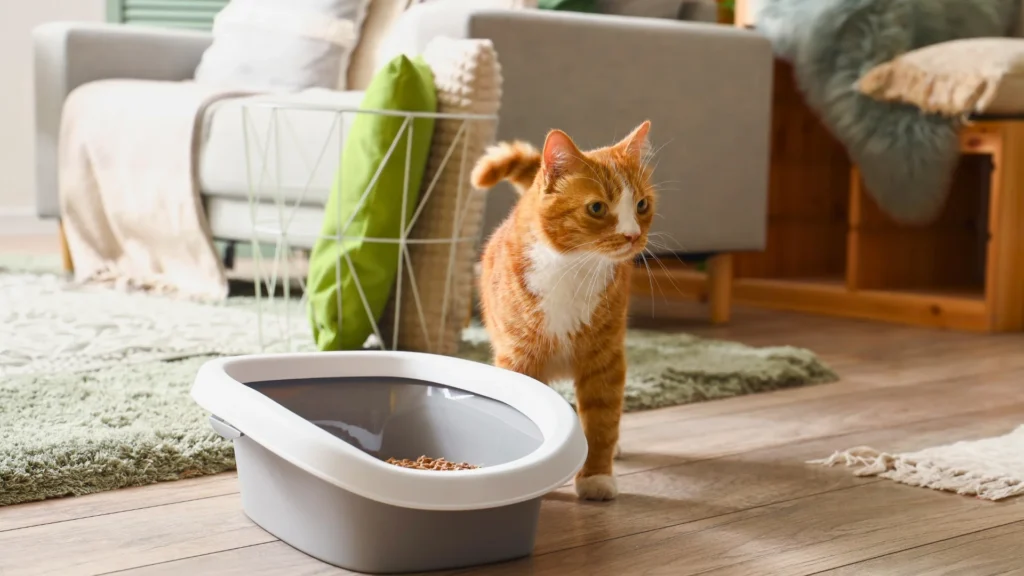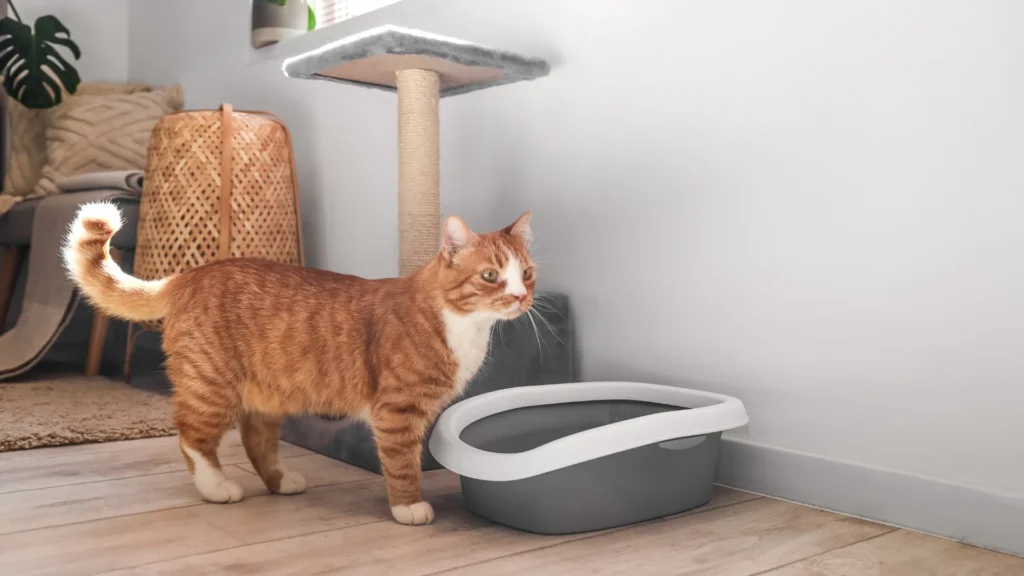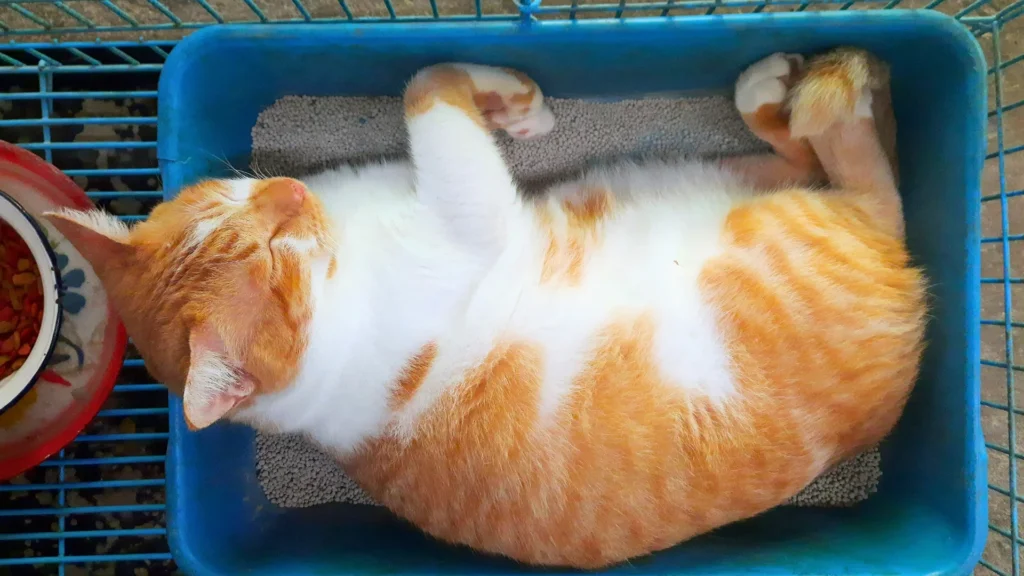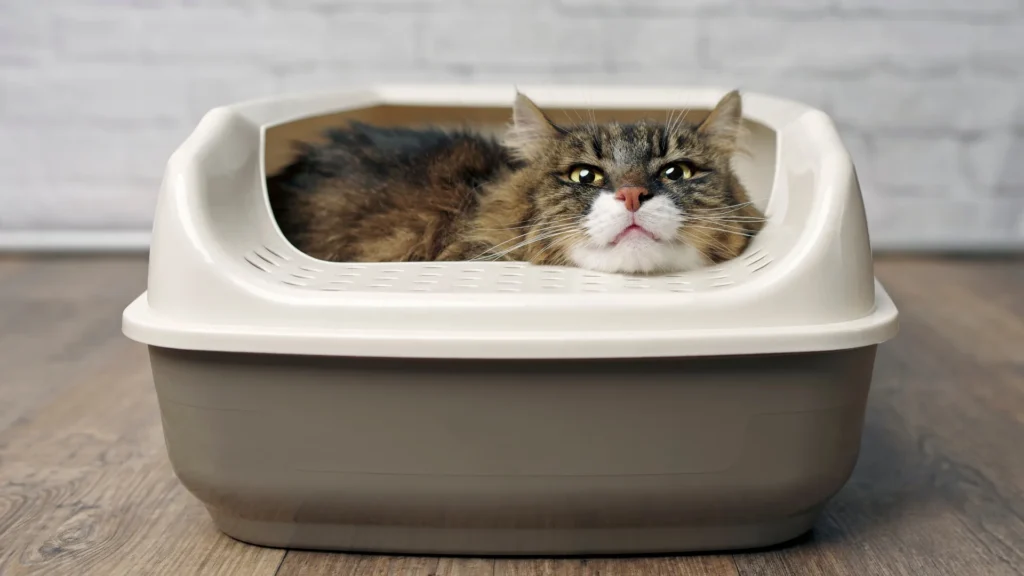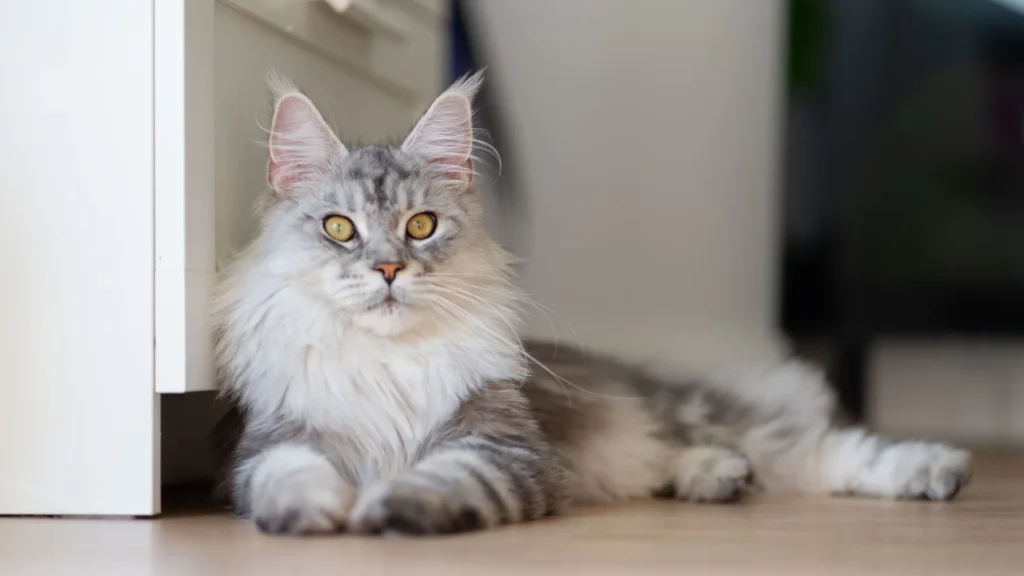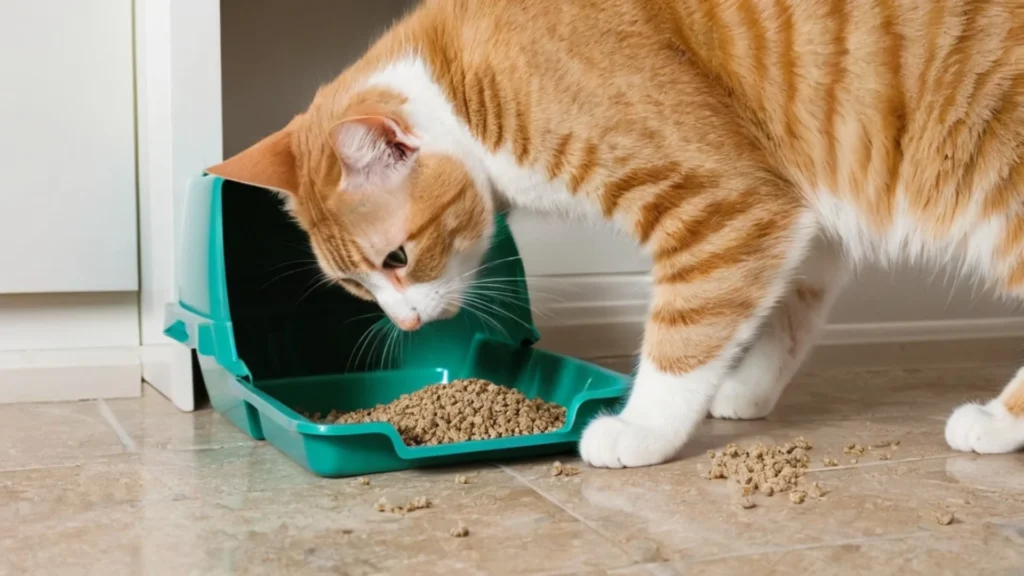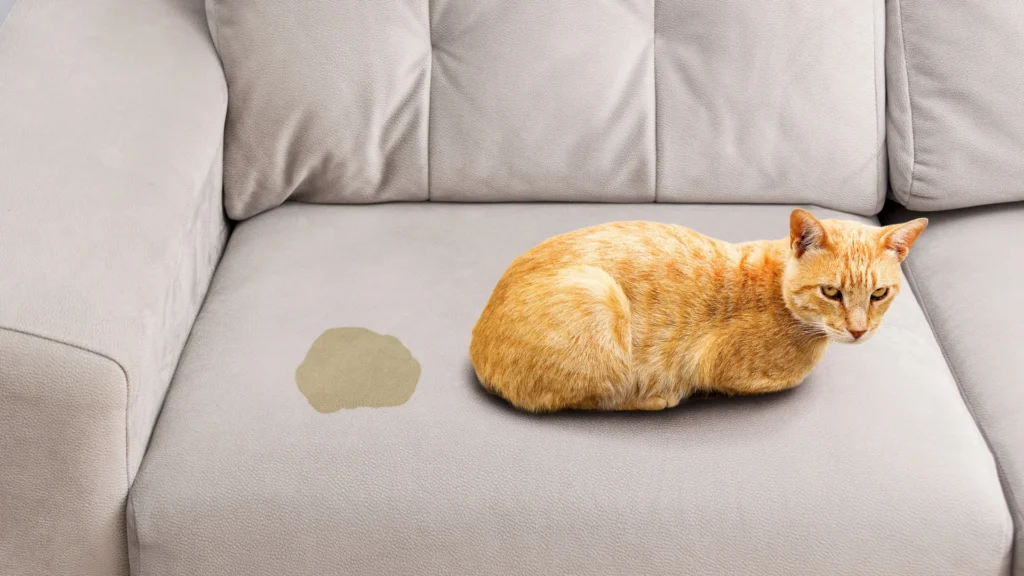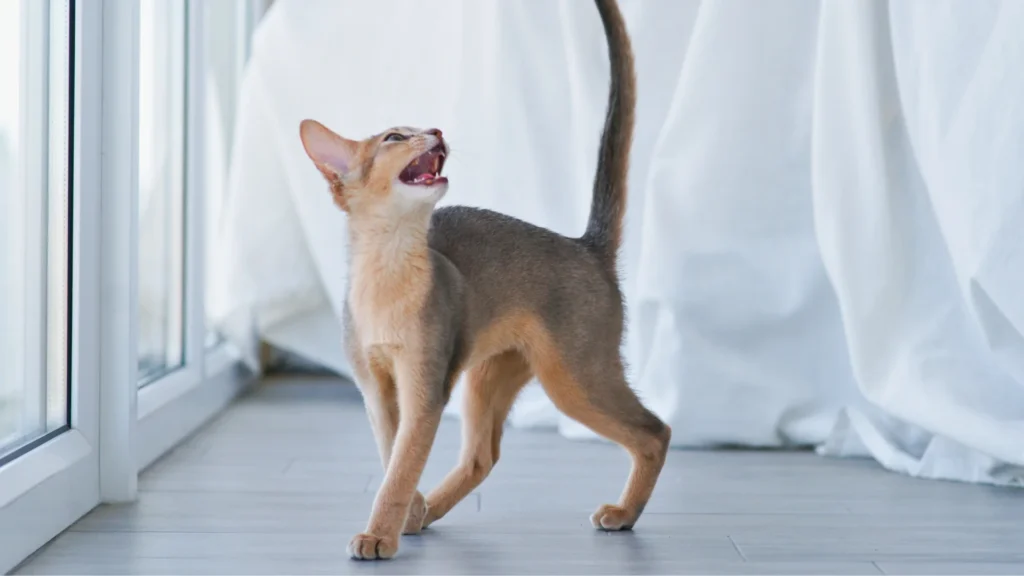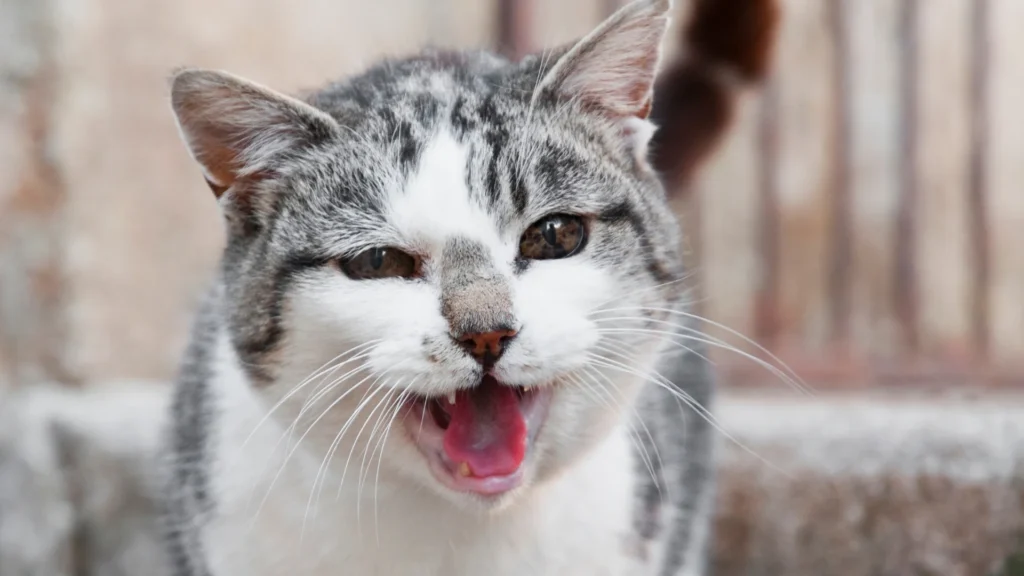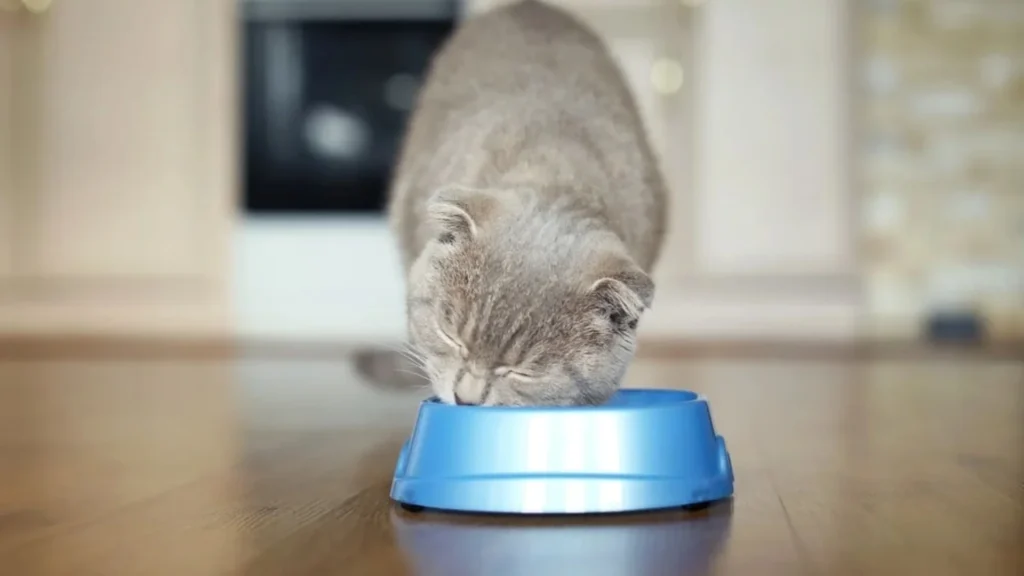Table of Contents
Keeping cats out of your sandbox can be challenging, mainly when these curious felines see it as an ideal location for their activities. If you’re grappling with keeping your cat or the neighborhood stray cats away from your children’s sandbox, finding effective and kind ways to help animals is crucial.
This is important for maintaining the sand’s cleanliness and ensuring the sandbox remains safe for your children to play. In this guide, we’ll delve into various strategies, from natural deterrents to physical barriers, all designed to help you keep cats out of the sandbox without causing harm to the animals.
Let’s explore the world of feline deterrence and discover practical methods to protect your sandbox efficiently.
Why Do Cats Enjoy Sandboxes?
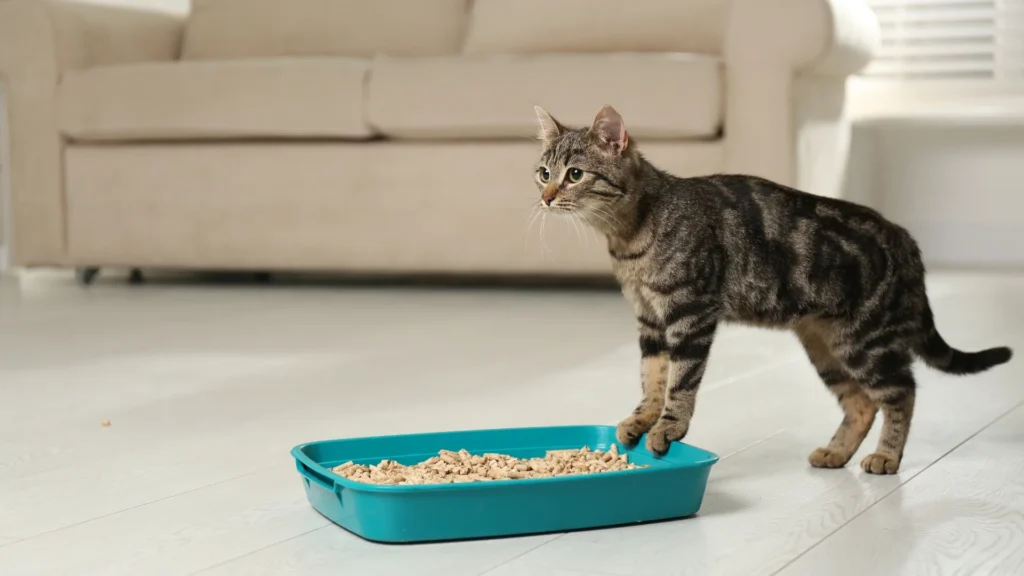
Cats, much like their natural habitat, like soft, sandy surfaces for their toilet habits. The ease with which they can dig in the sand allows them to conceal their scent, an essential survival skill in the wild. This behavior, which involves burying, is required for them as a form of play.
While sandboxes simulate the perfect environment for cats, they pose health dangers to humans, particularly youngsters who play in them. When cats use sandboxes as litter boxes, their feces can carry harmful parasites and infections.
8 Ways to Keep Your Cats Out of a Sandbox:
1. Cover the Sandbox:

Covering the sandbox is a straightforward yet highly effective method to deter cats from using it as a litter box. A solid cover, such as a fitted wooden or plastic lid, is a physical barrier preventing felines from accessing the sand. This keeps the sandbox clean and maintains its readiness for play.
Additionally, a cover can serve dual purposes. Beyond keeping cats out, it protects the sandbox from various elements like rain, leaves, and debris; this makes the play area more inviting and safer for children, reducing the likelihood of mold and mildew growth.
2. Use Cat Repellents:
Natural repellents like citrus peels or coffee grounds emit odors that cats find unpleasant, forming a non-harmful barrier around the sandbox. Commercial cat repellent sprays, safe and non-toxic, also effectively deter cats. These sprays, containing cat-deterring scents, need regular reapplication, especially after rain.
Planting herbs like lavender, rue, or pennyroyal near the sandbox can serve as a natural deterrent due to their strong scents that cats avoid, beautifying your garden space. This deters cats and enhances your garden’s aesthetic, ensuring a cat-free and visually pleasing outdoor space.
3. Install Motion-Activated Sprinklers:
Installing motion-activated sprinklers is an efficient way to deter cats from entering sandbox areas. These sprinklers are an efficient way to keep cats at bay. These devices detect motion and emit a burst of water, which naturally discourages cats due to their aversion to water, ensuring a humane deterrent method. This technique is effective in keeping cats away while causing them no harm.
They also water your garden and can be adjusted to cover the area around the sandbox, maintaining a cat-free zone. Installing and changing the location to cover the sandbox is easy. This allows for maintaining a cat-free site in your sandbox area while aiding in garden maintenance.
4. Create a Separate Litter Area:
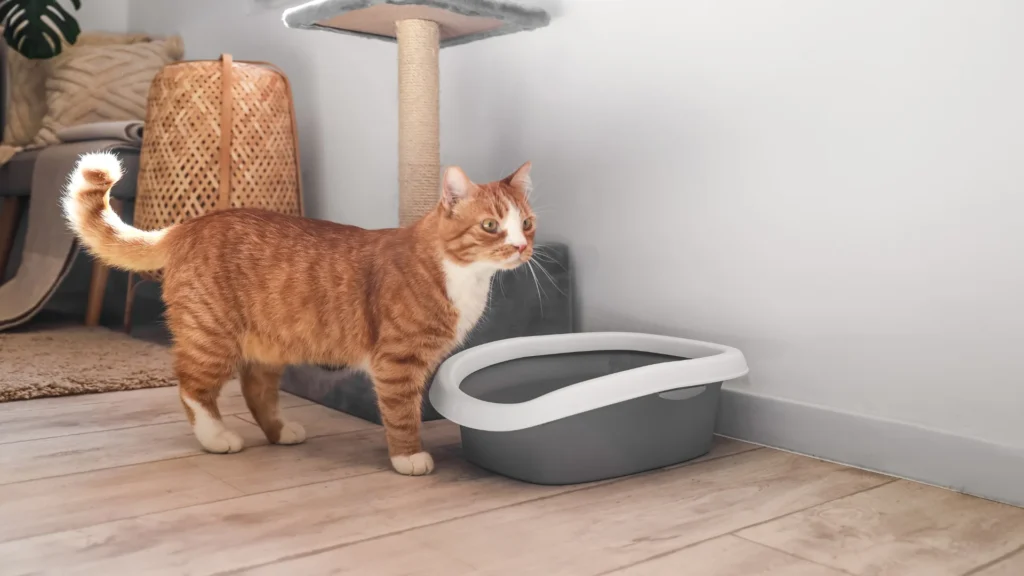
Creating a designated litter box for cats in your garden can divert their attention from a children’s sandbox. Cats are naturally attracted to this area for their needs by providing soil or sand for digging. This strategy redirects their behavior to a more suitable location, away from play areas.
A separate litter box in your garden can divert cats from the children’s sandbox. Choose a quiet, secluded spot for this area and maintain it regularly to encourage its use by cats, keeping them away from the play areas.
5. Plant Deterrents:
Planting specific plants around your sandbox can naturally deter cats. Certain shrubs emit aromas and have textures that cats find unpleasant. By landscaping with these plants, you can make the sandbox area less attractive to cats. Options include the ‘scaredy cat’ plant, known for its cat-repellent properties, and fragrant yet unappealing plants like lavender and rosemary.
Certain plants like the ‘scaredy cat’ plant, lavender, rosemary, rue, pennyroyal, and lemon balm have scents that deter cats. Additionally, thorny bushes can act as a physical barrier. This method not only keeps cats away but also adds to the aesthetic appeal of your garden, creating a beautiful and cat-free environment.
6. Use Physical Barriers:
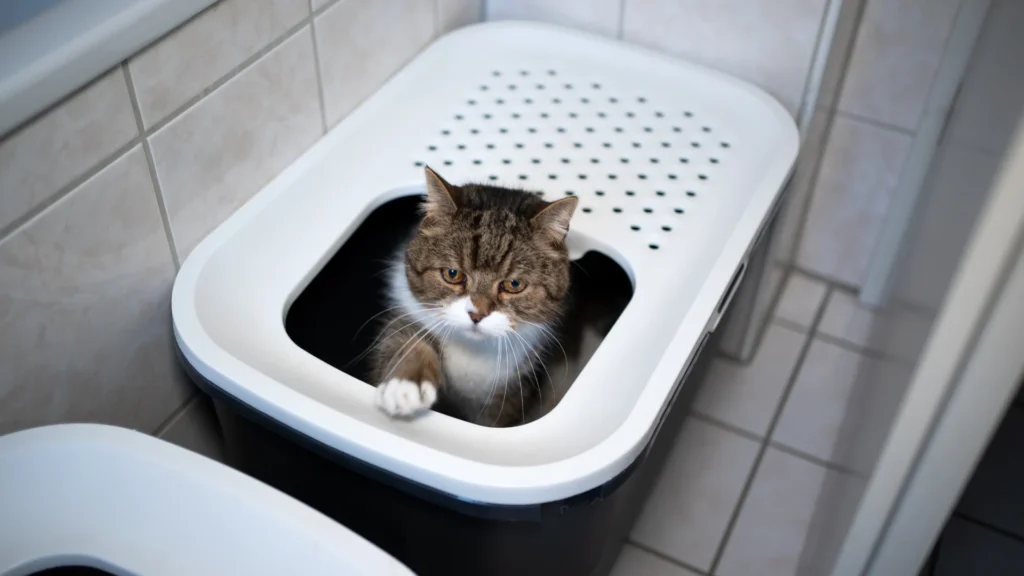
Erecting physical barriers or using covers like wooden lids can block cats from accessing the sandbox. These barriers can be designed to blend with your garden’s aesthetics, creating a hidden yet effective boundary.
Alternatively, a sturdy cover like a wooden lid or a secured tarp can block access, protecting the sandbox from both cats and environmental elements.
Incorporating natural deterrents like decorative rocks or spiky plants around the sandbox is another integrated approach. These create physical obstacles for cats while enhancing the garden’s appearance. This method offers a discreet and efficient way to maintain a cat-free sandbox area.
7. Employ Ultrasonic Devices:
Ultrasonic gadgets are a modern and undetectable way to keep cats out of your sandbox. Ultrasonic devices near the sandbox emit high-frequency sounds that deter cats without causing harm. When positioned near the sandbox, they can effectively discourage cats from entering the area without causing them any damage.
The advantage of ultrasonic devices lies in their discretion and ease of use. It’s easy to install and adjust to cover the desired area, creating a cat-free zone without changing the appearance of your garden. As a result, they are an excellent choice for those looking for a quiet yet effective technique to safeguard their sandbox.
8. Regular Cleaning and Maintenance:

Cleaning and maintaining your sandbox regularly is essential to keeping cats away. Regular raking and waste removal, along with ensuring protective barriers are intact, reduce the likelihood of cats using the sandbox and provide children with a safe and hygienic play area. A clean sandbox is less likely to be mistaken for a litter box, reducing the chances of cats using it.
Regular maintenance involves inspecting and repairing any gaps in physical barriers or covers. Ensuring these protective measures are intact and functioning can decrease the likelihood of cats gaining access. This routine care keeps cats out and provides a safe and hygienic play environment for children.
Frequently Asked Question
Cats are attracted to sandboxes due to their instinct to dig and bury their waste in soft, loose substrates like sand. The texture of sand stimulates their natural behaviors and provides a comfortable space for them to play and relax.
The main risk is the transmission of parasites and diseases, such as toxoplasmosis, from cat feces to humans. This is particularly dangerous for pregnant women and individuals with weakened immune systems.
Choose a sandbox with a tight-fitting lid or cover. A problematic design for cats to access, such as a sandbox with the bottom buried a few inches into the earth, can also be beneficial.
Natural repellents like citrus peels, coffee grounds, eucalyptus oil, and vinegar can be effective. These should be placed around the sandbox rather than directly in the sand to avoid making it too acidic for children.
Absolutely. Fencing with materials like chicken wire or plastic netting can prevent cats from accessing the sandbox. These barriers can also be made aesthetically pleasing by adding climbing plants.
Other methods include using texture-based deterrents like gravel or pine cones, planting cat-repellent plants like lavender or pennyroyal, installing motion-activated sprinklers, or using ultrasonic devices that emit frequencies unpleasant to cats.
Conclusion:
Cats can be kept out of your sandbox using natural repellents, physical barriers, and maintenance techniques. These solutions provide children with a clean, safe play space while respecting cats’ behavioral patterns.
The combination of deterrents keeps cats out of your garden and improves their appearance. This book provides realistic and humanitarian strategies for establishing a peaceful outdoor atmosphere. These measures protect your sandbox, making it a fun and safe place for children to play.

